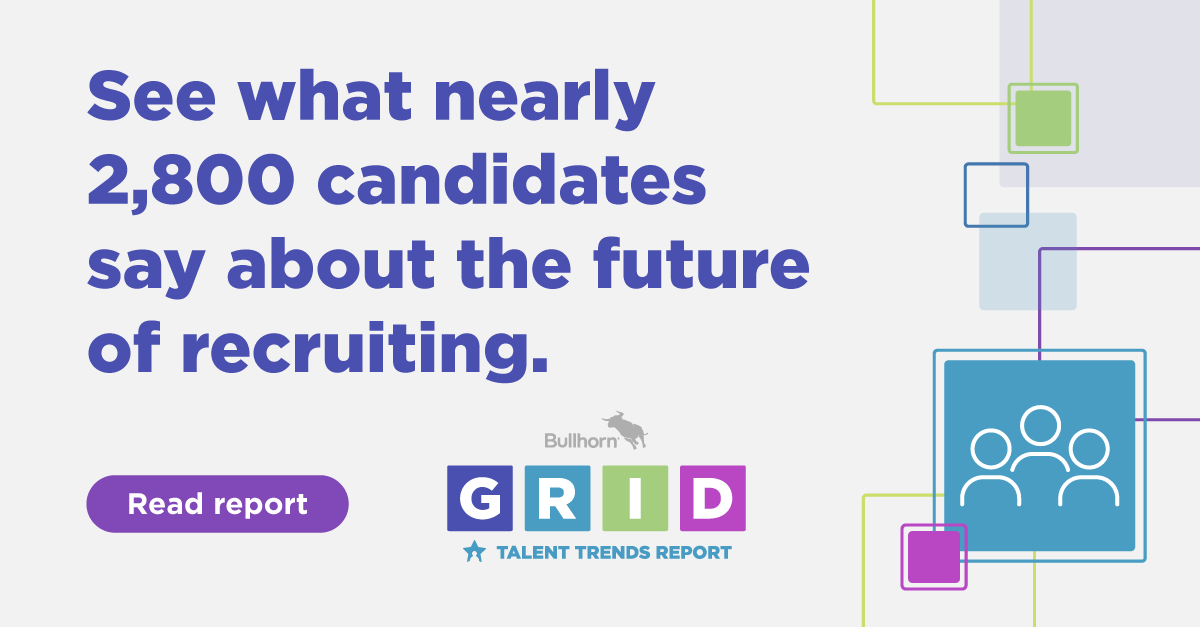Recruitment KPIs That Can Impact Your Business

How should you measure your recruitment firm’s performance? The twinkle in the eye of a newly placed candidate and the smile of a satisfied client is great and all, but it doesn’t tell you a whole lot about the state of your business. So how do you evaluate your success? Through performance benchmarks, of course. Recruiting leaders cited these four key recruitment KPIs as the metrics that matter to them in a survey of 1400 recruitment professionals.
Customer Satisfaction
Most recruiting firms heavily rely on repeat business—close to 80 percent of firms predicted that more than half of their 2018 revenue would come from existing accounts—so it’s no surprise that recruitment professionals rate customer satisfaction as the most important measure of their performance. An impressive 63 percent of respondents ranked it as the most important metric.
On the flip side, respondents ranked candidate satisfaction second-to-last. This could be a big oversight—happy candidates lead to happy clients.
Fill Rate
In second place is fill rate: 57 percent of recruitment pros rank it as a top metric. It’s hard to argue with the pros on this one—fill rate is essential for understanding your firm’s efficiency. A low fill rate (job orders filled/job orders received) is a warning sign and an invitation to dig deeper into your metrics. Is there one weak link in your pipeline?
Is there one weak link in your pipeline? Are your submittals not resulting in hires? Do you have trouble finding candidates for a position? Is your team shorthanded? Answering these questions could help you discover a solution to your fill rate woes.
Submittal-to-Hire
The submittal-to-hire ratio combines both quantity and quality elements, so it’s particularly useful as a tool to explore your productivity. If your firm has a high ratio, more qualifications may be needed before client submittal. A low ratio? That’s not necessarily a bad thing, but it may point to a weak pipeline.
The sweet spot among recruitment firms appears to be submitting three to four candidates for every hire made. Forty percent fall into that bucket, compared to 24 percent who submit four to five candidates and the highly-effective firms (14 percent) who only submit one to two candidates per hire.
Interview-to-Hire
Interview-to-hire rounds out the top four metrics. How many candidate interviews does it take to make a placement? If this ratio is on the low side, you may need to incorporate a more aggressive screening process. Alternatively, your candidates may simply need more coaching from your recruiters.
Does your interview-to-hire rate look the same across clients and industries? You may discover a particularly picky client. This can eat away at your margins, so make sure you aren’t expending more than you’re earning for any client unless there’s a significant, compelling reason to do so.
Want more insight into the recruitment KPIs that impact your firm’s performance? Read 10 KPIs That Unified Staffing Firms Use to Run Their Business for a guide to the metrics essential to your recruiting firm.









